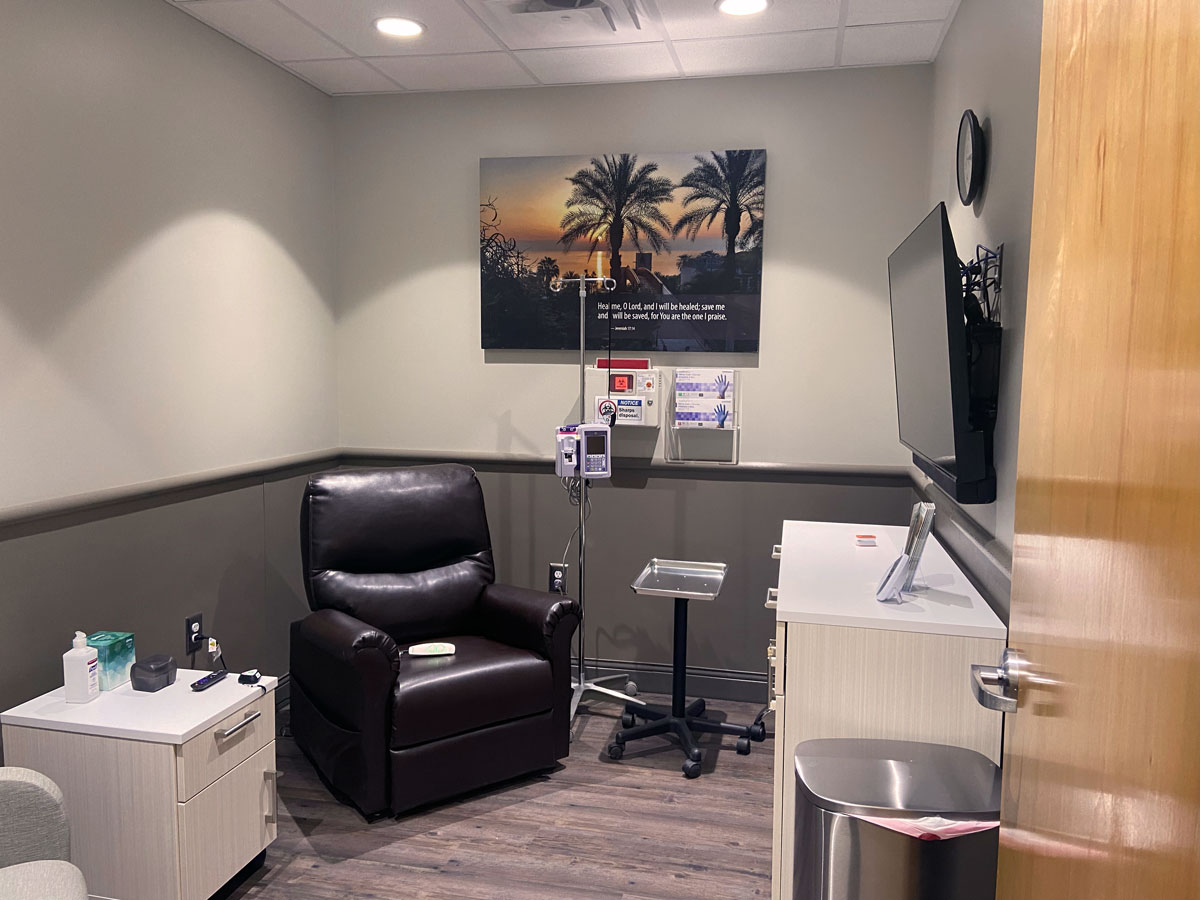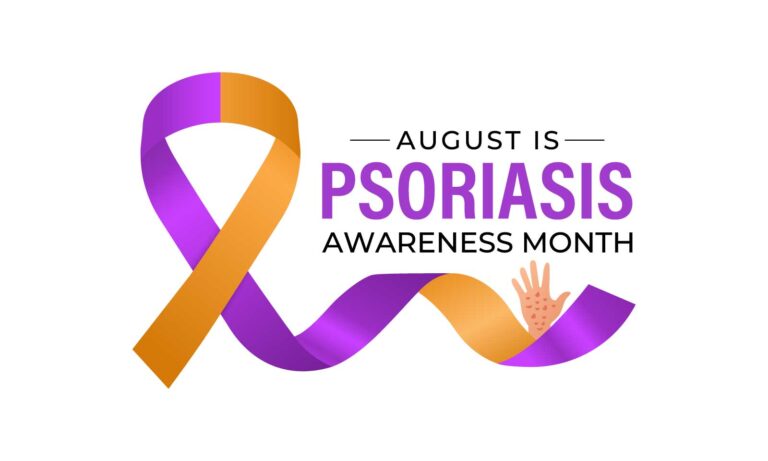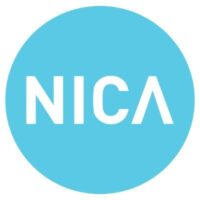
The post-acute care industry is on the horizon of an unprecedented boom in growth.
Post-acute care includes rehabilitation or palliative services that patients receive after or, in some cases, instead of a stay in an acute care hospital. Depending on the intensity of care the patient requires, treatment may include a stay in a facility, ongoing outpatient therapy, or care provided at home.
For those living with a chronic condition such as multiple sclerosis, rheumatoid arthritis, hemophilia, or osteoporosis, to name a few, and require ongoing infusion medication, infusion treatments fall under post-acute care as continual outpatient therapy.
And infusion treatments and other rehabilitation or palliative services are about to see a spike in demand. Why? According to data from the U.S. Census Bureau, the U.S. population over age 65 is projected to double by 2040. And an aging population will require more post-acute care, whether at home or a facility.
Where Can Infusion Therapy Be Delivered?
Fortunately, infusion patients can choose between visiting an infusion center or having their treatments at home.
Infusion centers, AKA ambulatory infusion, offer a professionally staffed medical environment in a comfortable setting. Clients enjoy comfortable private rooms, Wi-Fi, minimal wait times, predictable pricing, and convenient locations.
On the other hand, some prefer receiving their infusion therapies from a medical professional in the comfort and privacy of their home. There are numerous reasons, but lack of transportation and mobility limitations are the main two.
But at-home treatments may have drawbacks, especially when it comes to continuity of care. Communicating with a third-party provider can sometimes lead to deviations from the established treatment plan. And billing becomes a headache, as portions of the billing process can fall on patients and their families.
And infusion centers are not without their downsides as well. Regardless of how comfortable a center is or how many amenities it has, some patients are leery of any facility that might resemble a hospital. In some cases, when treatment can take several hours, patients may want a familiar environment.
What Location is Best?
Whether a patient chooses in-home treatment or ambulatory infusion, TwelveStone Infusion Centers manages the needs of infusion patients and maintains the continuum of care, from intake and assessment to ordering medication, treatment, and medical insurance billing.
As the U.S. population ages and hospitals become more crowded, patients will need post-acute care facilities that meet their needs and lifestyle and have open lines of communication with doctors, pharmacies, and insurance billing. Whether patients choose in-home treatment or ambulatory infusion, TwelveStone is ready to deliver the best infusion therapy administration available.















